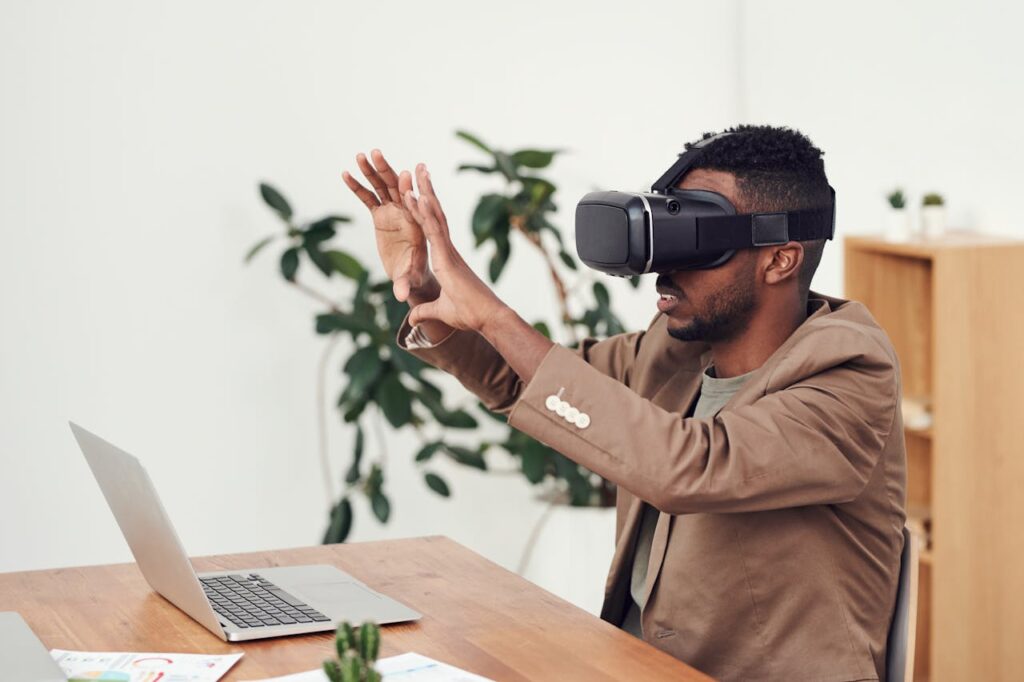Augmented reality (AR) allows us to introduce virtual elements that do not exist in the real world. It allows the user to maintain contact with it while interacting with virtual objects.
AR is a very transversal technology. It has multiple application areas such as: medicine, entertainment, machinery maintenance, architecture, robotics, industry, marketing and advertising, tourism, health, education, catalogs, newspapers, magazines, video games, augmented educational books, housing development, ceramic environments, etc. of furniture, etc. There are several technologies in the field of AR, which can work independently or in combination with several.

AR WITH MARKERS
This AR technology uses a physical marker (mainly a printed image) that the computer/smartphone/HMD will identify, recognizing its geometry and establishing the necessary parameters to represent a 3D object, video,… in space.
SLAM
SLAM (simultaneous localization and mapping) technology allows us to have information about space and position points that can be used to locate virtual objects adapted to physical space. The main libraries that use this technology are Google’s: ARCore and Apple’s: ARKit.
FACE TRACKING
One of the characteristics of this technology is the recognition of people’s faces on which augmented reality content is superimposed. One of the most frequent uses is the use of augmented reality filters on Instagram, Tik Tok, etc.
GEOLOCATION
Geolocation works using the components that our smartphones incorporate: accelerometer, digital compass and GPS
Depending on the physical place where we are, it will show us AR content. One of the most frequent uses in this type of technology is the geopositioning of elements.


